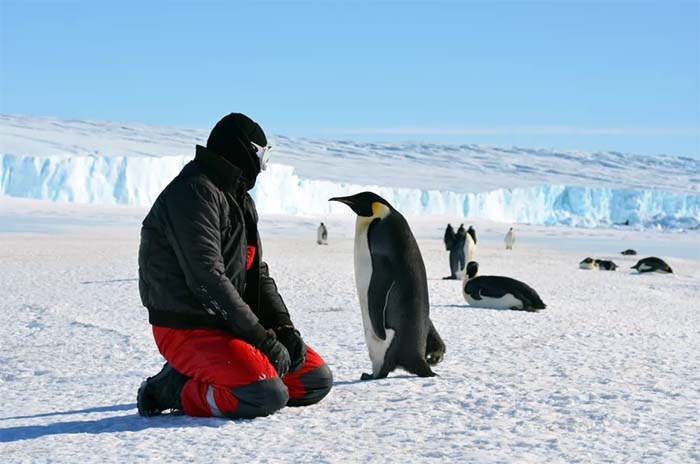
The busy summer season in Antarctica begins in October and runs through February, when thousands of scientists from dozens of countries usually pack into the continent’s remote research stations. Forty permanent bases dot the desolate landscape, a number that nearly doubles when summer-only facilities resume operations. This year, however, getting to this icy scientific realm comes with a serious concern: Antarctica is the only continent without a single reported case of COVID-19.
Medical care at the research stations is limited, and dorm-like living makes it easy for disease to spread even in the best of years. During a pandemic, reducing the number of scientists on the continent will mitigate the risk of an outbreak, but it also disrupts urgent research.
Scientists working on Antarctica scan the stars with telescopes, search for fundamental particles, and study some of the most remarkable animals in the world. The remote continent is also crucial to understanding changes across our entire planet. Climate scientists study ancient air bubbles trapped in the ice to understand Earth’s history, and they monitor the melting ice sheet and warming Southern Ocean to forecast the planet’s possible future.
But most of these scientists will have to do this work away from the continent this season, relying on remote sensors and the large volumes of data and samples collected in previous years.
For the full story, visit NationalGeographic.com/Science.




